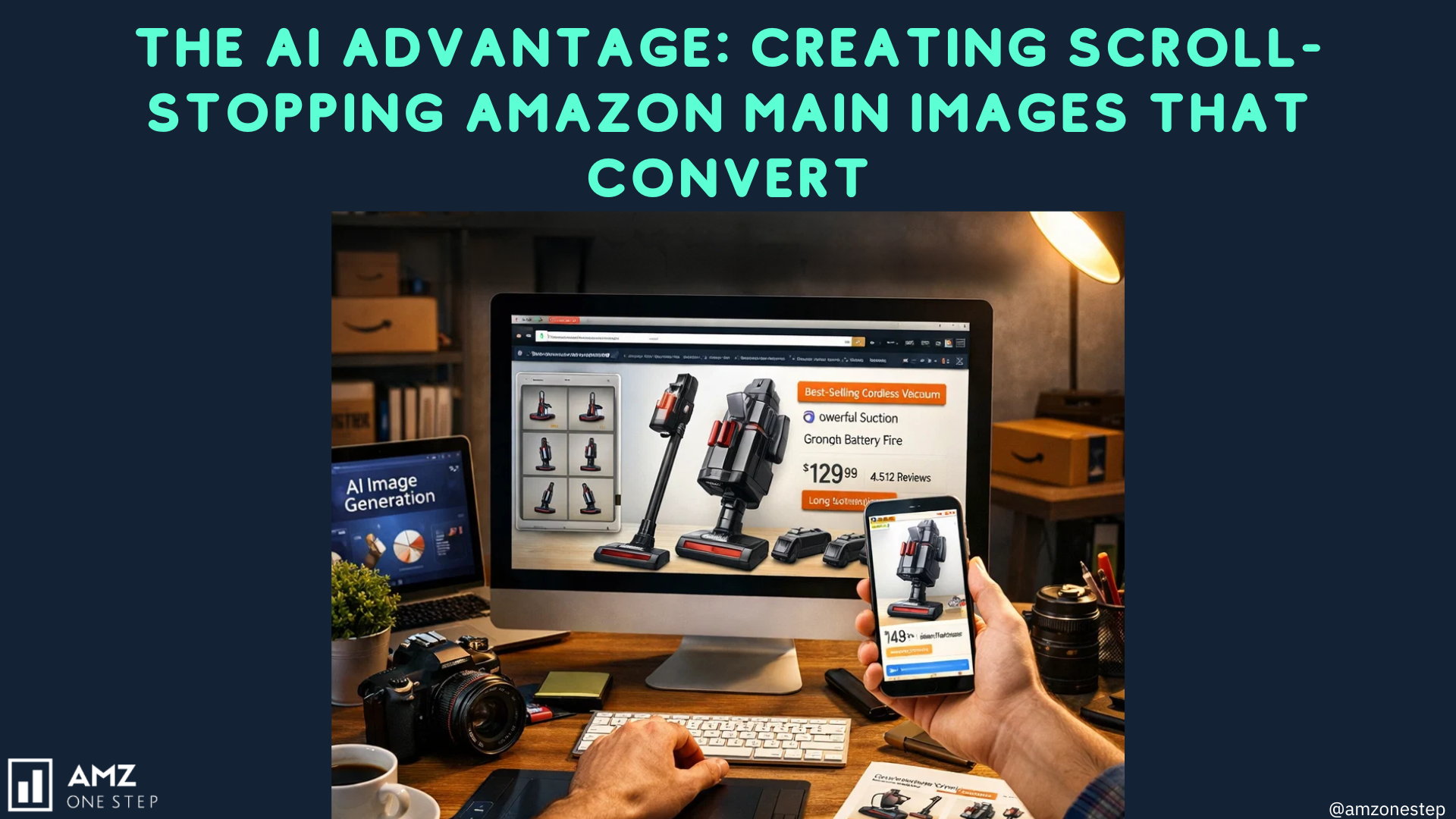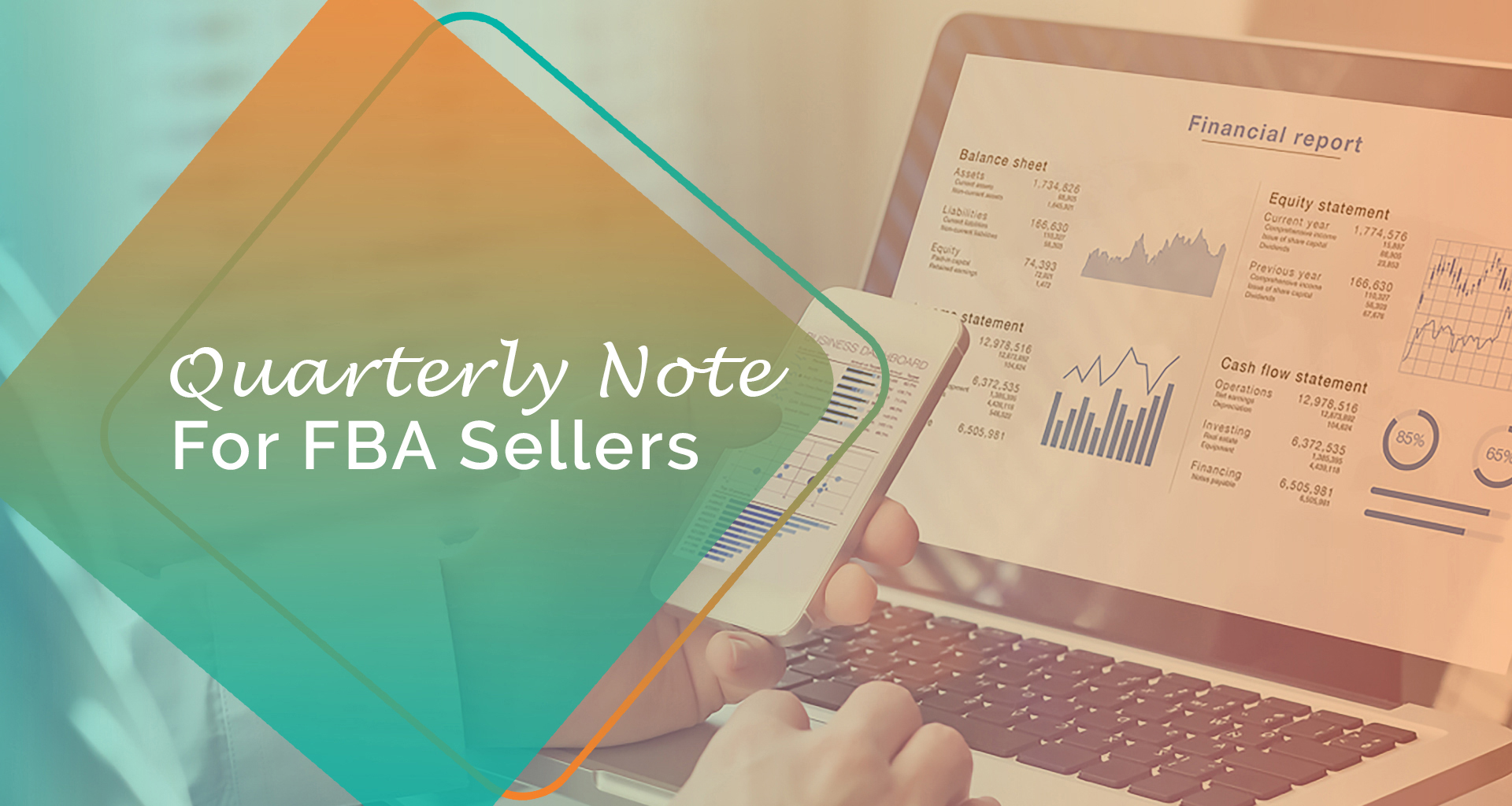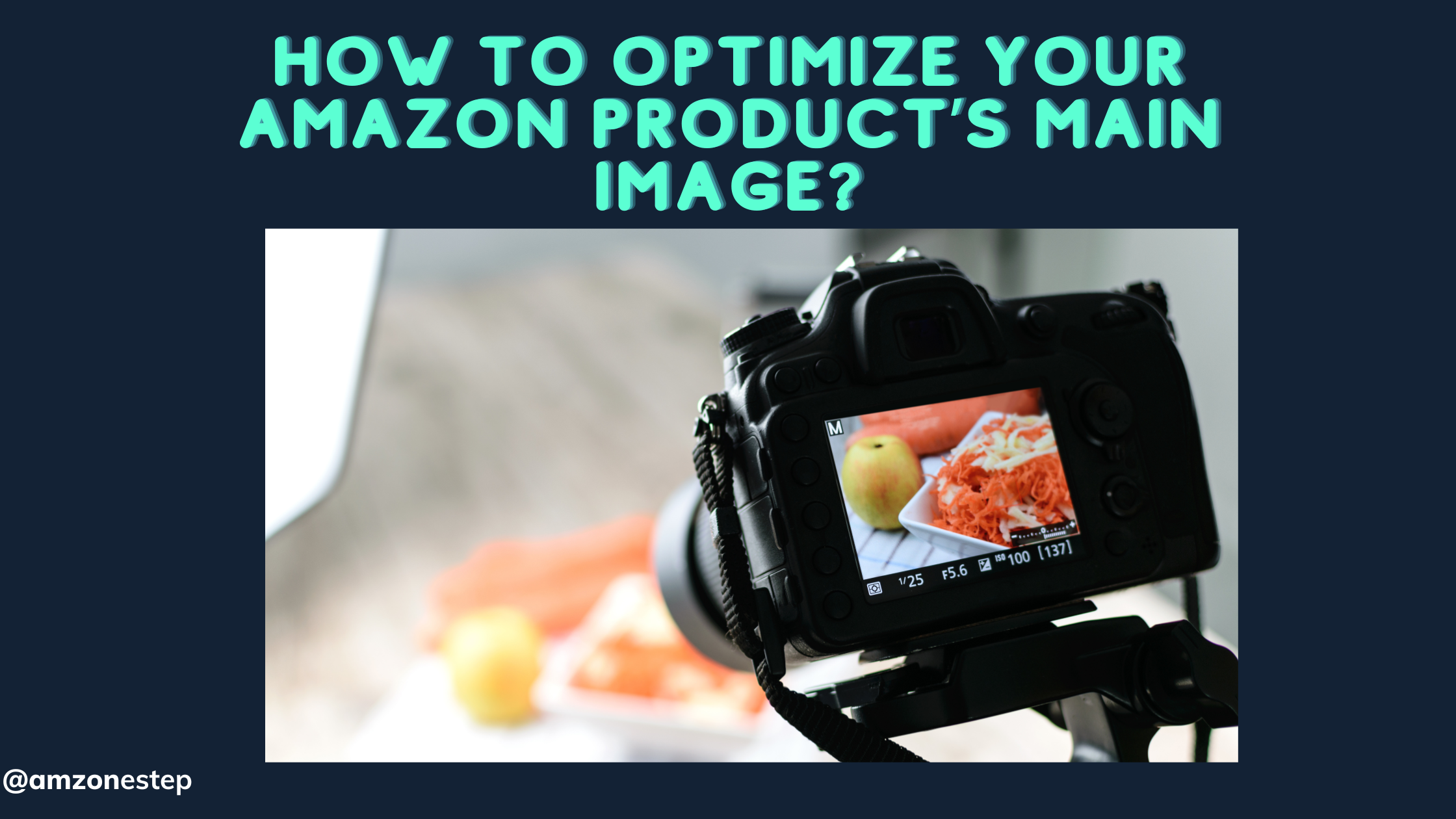Inventory management affects every aspect of your business—from raw materials and finished goods storage to your ability to fulfill and meet customers’ demands quickly. We all know that Amazon has groomed its customers to expect a stellar customer experience, and because of that expectation, you simply cannot afford to stumble.
Depleted stock and unfulfilled customer orders are the quickest way to crumble your business on a highly competitive marketplace like Amazon. But the reality is that many Amazon sellers face inventory challenges that hold them back.
Let’s run through the common challenges, and thereafter, we will talk about the Amazon inventory management types to consider when you want to stay on top of your inventory management.
Inventory management affects every aspect of your business—from raw materials and finished goods storage to your ability to fulfill and meet customers’ demands quickly. We all know that Amazon has groomed its customers to expect a stellar customer experience, and because of that expectation, you simply cannot afford to stumble.
Depleted stock and unfulfilled customer orders are the quickest way to crumble your business on a highly competitive marketplace like Amazon. But the reality is that many Amazon sellers face inventory challenges that hold them back.
Let’s run through the common challenges, and thereafter, we will talk about the Amazon inventory management types to consider when you want to stay on top of your inventory management.
Inventory management challenges Amazon sellers face
The goal to strive for is creating a sustainable balance between not having too little or too much stock.
Inventory stock-out
One of the worst customer experiences is falling deeply in love with an item and putting in the effort to purchase it, only to be told that it’s out of stock. This commonly happens when you don’t correctly track your stock velocity, and when you have poor product forecasting. In most cases, this can be a result of using manual inventory management tools such as Excel spreadsheets to manage data.
Having low stock levels can jeopardize your reputation and sales.
Not to mention, customers will go directly to your competitor to buy the product, which impacts your search ranking in their favor. The longer you have out-of-stock items, the more your credibility diminishes, and so does your best ranking product, even with the right organic keywords in place.
Overstock
When you have excess stock that isn’t moving, you still continue to pay for storage fees.
In 2020, retailers across the globe lost about $626 billion due to overstock items.
You have to agree that this is an insane amount.
The cost may be higher than a financial value if you use Fulfillment By Amazon (more on this later). When your product is stuck in storage for over 90 days, Amazon considers this as excess stock.
Having excess stock in Amazon’s fulfillment centers impacts your Inventory Performance Index (IPI), which is a metric Amazon uses to determine how efficient you are at handling your inventory. It also measures how well you restock well-received products, manage inventory, and fix listing problems. Too much stock can result in you being handed a storage limit and long-term storage charges.
Overstocks are a result of misjudged customer demand, and that is bound to happen when you’re not paying attention to how your products move.
Product information errors
Unseen mistakes in the content on your product listing can lead to huge losses in sales and damage to reputation. For example, entering an incorrect product price, be it too high or too low, can hurt your revenue. Some Amazon sellers have experience with receiving a message that reads “listings deactivated due to a potential pricing error.” That’s because Amazon relentlessly monitors product pricing on its platform to ensure that sellers do not harm customers’ trust. If your product is priced significantly higher or lower than competitors for the same product, you’ll get flagged.
While you won’t get an Amazon alert for incorrect or lacking product information such as your product description, you’ll still lose traffic (or worse, sit on page 2), if they don’t support Amazon’s requirements. The chances of getting bad reviews are higher because customers will likely receive items that do not match the description or do not meet their expectations. This is why using a product information management tool can be beneficial when creating content that supports product listing optimization on Amazon.
An affordable PIM for ecommerce can easily integrate with an inventory management tool to give you a bird’s eye view of product and inventory information in a single centralized location. Once you have that in place, you’re guaranteed not to miss a beat with your product information.
So, now that you know about some common inventory handling challenges, let’s get into the two types of inventory management types to consider to reduce the risks associated with the above challenges.
Fulfillment By Amazon (FBA)
FBA removes the hard part of inventory management from your plate and hands it over to Amazon.
Your role is simply to send products to Amazon warehouses, and they will store inventory until a customer places an order. From there, they pick, pack and ship the order to the customer’s doorstep. Amazon also deals with customer service needs such as refunds and returns.
With the hard part out of your hands, you can handle the rest, including replenishing stock, creating and optimizing listings, and marketing your products to your target audience. When you’re an FBA seller, you get access to Amazon’s suite of inventory management tools in Seller Central. It goes without saying that the value of using FBA is in the efficiency of inventory control, which allows you to deliver and meet customer demands fast.
The inventory management dashboard provides you with alerts when stock is running low. It also offers you demand planning and forecasting to help you accurately plan optimum inventory levels and shipment timelines. What’s more, you get an overview of other essential inventory information such as sell-through rates, aging stock alerts, and you get recommendations for ways to optimize inventory storage.
The dashboard also shows the inventory performance index (IPI) score we mentioned before. Alongside the IPI, you get the influencing factors. This way, you get to see what’s breaking your well-oiled machine, so that you can fix it before it’s too late.
As with any system, there are some cons and pros to consider as you weigh the best suitable solution for you. So, what are FBA’s good and bad traits? Let’s take a look.
The pros
- Efficient inventory and order management
- Meet lightning speed delivery as per Amazon customer expectations
- Top search ranking (if your pricing structure aligns with Amazon’s pricing policy)
- Higher chances of getting Amazon Buy Box
- Access to global markets
- Customer service delivery handled by pros
The cons
- The costs (selling plan, referral fees, fulfillment fees, inventory fees, high-volume listing fees, refund administration fee, inventory placement fees, specialty program fees, etc.)
- Higher returns due to Amazon’s no-questions-asked return policy
- Long-term storage fees (remember the overstock points above)
- Tax obligations
Read More: Commonly Asked Questions About Amazon FBA
Fulfillment By Merchant (FMB)
Fulfillment By Merchant (FMB), also known as in-house, means that you have full control over inventory management — from managing storage to shipping products. It can be a complicated process if you don’t have enough resources and capacity to handle its demands.
However, if you’re prepared for all that it requires of you, it could be a better and more scalable option. When you have good relationships with your suppliers, your storage facilities, shipment agencies, and an incredible customer service team, you can make this a success.
The chances of success increase even more when you have inventory management software that helps you automate tedious and error-prone tasks. An intelligent inventory system that provides similar benefits as Amazon’s inventory management dashboard is your best bet at winning at self-fulfillment.
The pros
- Control over inventory
- Control over packaging
- Saving costs that would otherwise go to Amazon if you were an FBA seller
- No unexpected costs or fees
- Greater margins
- A chance to build brand reputation and credibility
The cons
- Tough competition on Amazon
- Overheads costs such as warehouse rent
- Dealing with all supply chain issues
- Customer experience and satisfaction
- Dealing with returns and refunds
- Dealing with customer complaints
The final decision: choosing a management type
Choosing an inventory management type that is suitable for your business is a huge decision that you cannot take lightly. All of the information above arms you with valuable insights to steer you towards the right decision for you.
Essentially, if your products are small, lightweight, higher-end priced, and have a high sales velocity, your best bet would be to choose FBA. On the flip side, if your products are bulky, expensive, and don’t generally sell fast enough, FMB might just be the best choice for you.
Whichever option you choose, we advise you to look into automation software that will ease all of the processes within the supply chain. Especially if you consider the forecasting and data analysis you can greatly benefit from.
About Plytix:
Plytix is one of the leading Product Information Management (PIM) tools on the market, specially designed for online retail. It is a single source of truth designed to help you manage content at scale and get your products to market faster.

Kamaljit Singh is the Founder and CEO of AMZ One Step and a former Amazon seller. Kamaljit has been featured in multiple Amazon podcasts, YouTube channels. He has been organizing meetups all around Canada and the US. Kamaljit has over 350,000 views on his Quora answers regarding FBA. Kamaljit also founded AMZ Meetup where he organizes conferences for Amazon sellers.



























